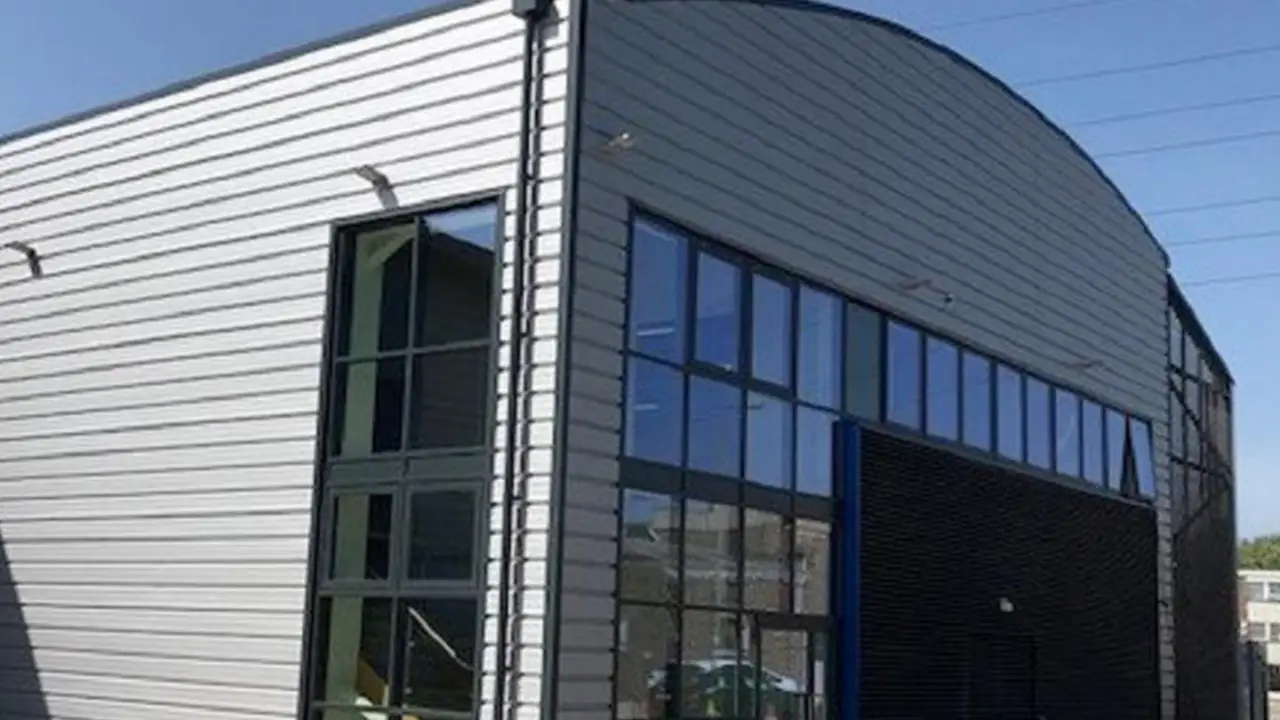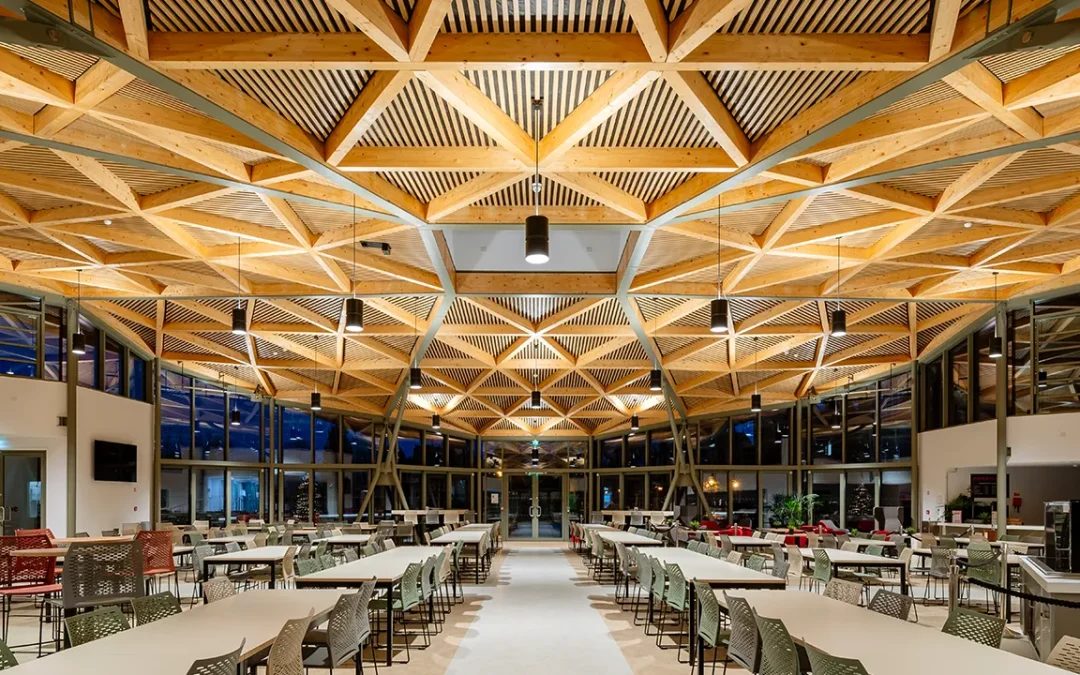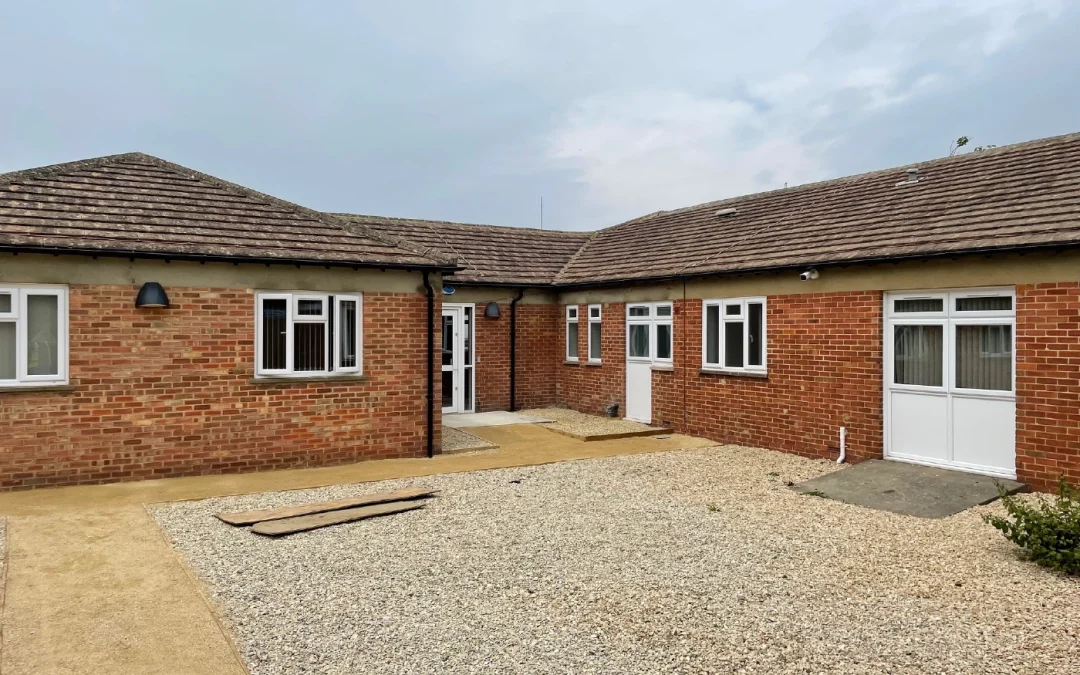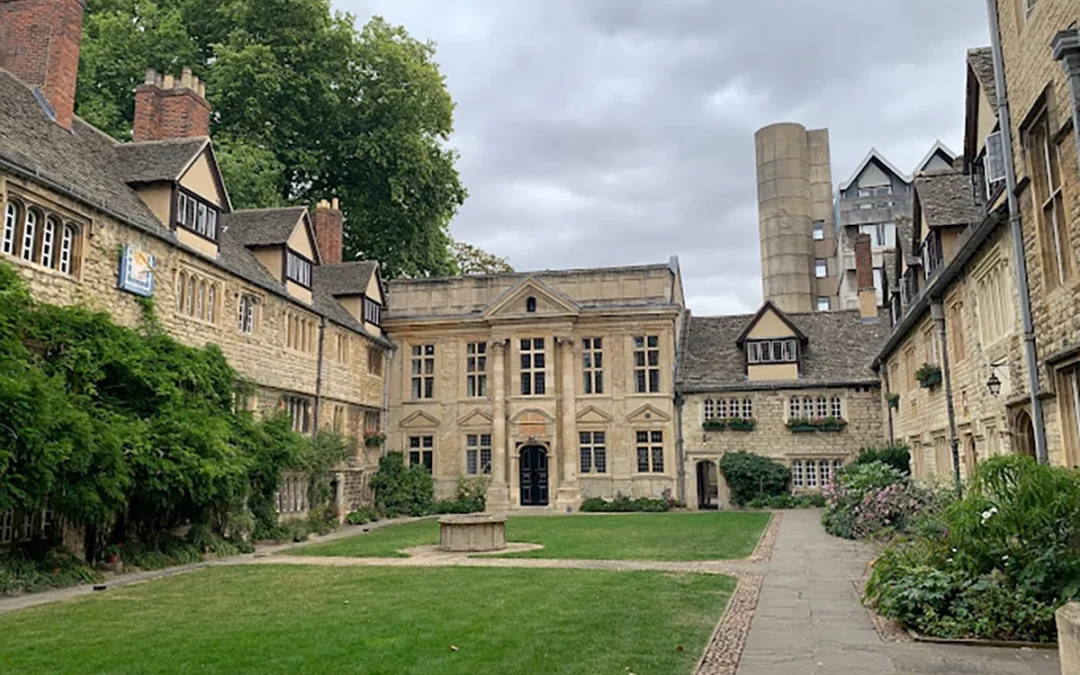Background / Objectives / Timeline
In January 2018 the Company was asked to investigate how to design and install a unique electrical system for a bespoke sub-station. The system would have to service a new compressor room extension and the existing main engineering research building with a change-over facility for a generator back up system via Castell key control, to avoid dual supplies.
BoJEN would also have to factor in the inclusion of intelligent Schneider ACB’s & MCCB’s with App-enabled isolation and controls external to the sub-station building, alongside sophisticated metering to allow full interrogation of the system from the control PC.
A further consideration would be the building risk and safety management control, which meant bespoke panel modification design and installation of new unique copper bus-bars in the main panel in the existing engineering building.
Assessing the design capabilities of both the new and existing buildings would have to be undertaken to ensure compliance with any future expansion, and provide sustainability to reduce further cost.
Advance(s) Sought
To advance electrical engineering capabilities by reducing carbon footprint whilst enhancing performance. This would be achieved through: redesign engineering of existing components such as LED lighting; research and modification of lighting controls, e.g. automatic dimming control, light switch zoning; daylight control, etc. Such adaptations and combinations had never been attempted before in such a complex configuration of buildings.
Technical Challenges
The existing Switchgear panel was the first of its kind (specification) for the University to use for their buildings and, as such, they were not designed with this new kind of electrical configuration imagined. The size of the cabling between the sub-station panel and the new and existing panels did not match and this led to difficulties in providing continuous wiring between equipment that featured in both buildings.
Terminations for the main outgoing cables proved extremely difficult due the size of the cables and the severe limitation of space for the panels. Installation of the panels was also a major issue due to the weight and construction of the pre-built sections. Specialist lifting equipment and removal expertise were required to complete the logistical installation. Many discussions, meetings, drawings and site evaluations were completed to enable the safe installation of all equipment whilst working adjacent to the existing live sub-station. Health and Safety played a huge role with so many aspects having to be considered.
Bespoke design was required for replacement of the existing copper tails entering the existing panel, to enable the new cables to be terminated into it. Shutdowns and temporary supplies had to be arranged in stages to allow this to take place. This was extremely difficult to manage within a live building and required many meetings and discussions to organise.
It was essential to liaise with SSE Networks & Contracting to arrange HV & LV isolations and diversions for installation of the RMU (HV Ring main unit) and the 2 x 1.5MVA Transformers.
Resolution of Challenges, Project Outcomes and Future
The Installation of the new sub-station and panel, and the new Compressor main panel, provided an increased capacity for the current facility and future extensions required by the Engineering department. A remote generator hook-up point was installed as a backup system, which provided the site with protection from loss of power for long durations. This was a key requirement, as previous loss of power had caused disruptions to important research. Provision of intelligent smart metering to enable monitoring was completed so users can individually see and understand how much energy is being used within all areas of the building on any remote PC with password protection. The current installation was upgraded to enable better protection and a new energy efficient and more economical equipment to provide more sustainability for the buildings.
The latest technology air circuit breakers and moulded case circuit breakers were considered for the panel build. However, all of these required modification so BoJEN undertook discussions with the manufacturer as to how this could be achieved without voiding warranty. These components included Amp 4-pole units with Micro-logic 6.0X Electronic Trip Units, motor operational mechanisms with Bluetooth functionality, auxiliary connections and sets of CT’s and fuses for connection to the metering equipment. The latest Schneider ION8420 meters and surge arrestors were installed to provide lightning protection.
Thermal imaging screens were modified to enable operators to see inside the panel without having to remove any sections during use.
Development and combined installation of the latest technology equipment was necessary to ensure the safest possible installation of its kind. For example, the electrical protection settings would be able to provide selectivity to its highest degree and provide the quickest fault protection possible. This equipment would provide protection to the entire electrical installation within the Engineering department in Southwell building for 25-50 years, supporting the vastly expensive test equipment, test rigs, laser equipment and research labs, so reducing the risk of damaging any engineering equipment or losing any vital research/ testing.
Prototypes / Testing
Powder coated fixing plates were developed for external lights.




